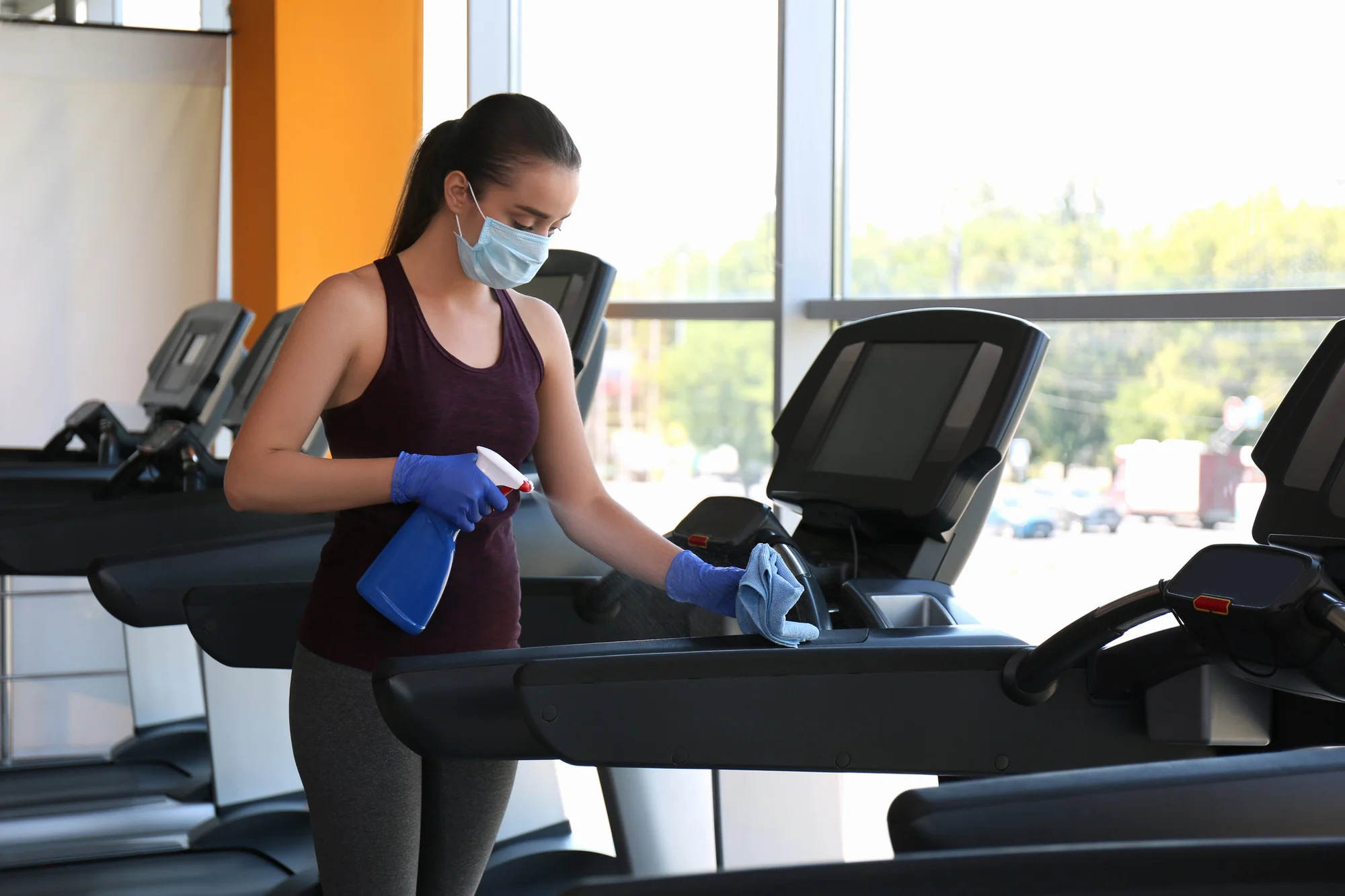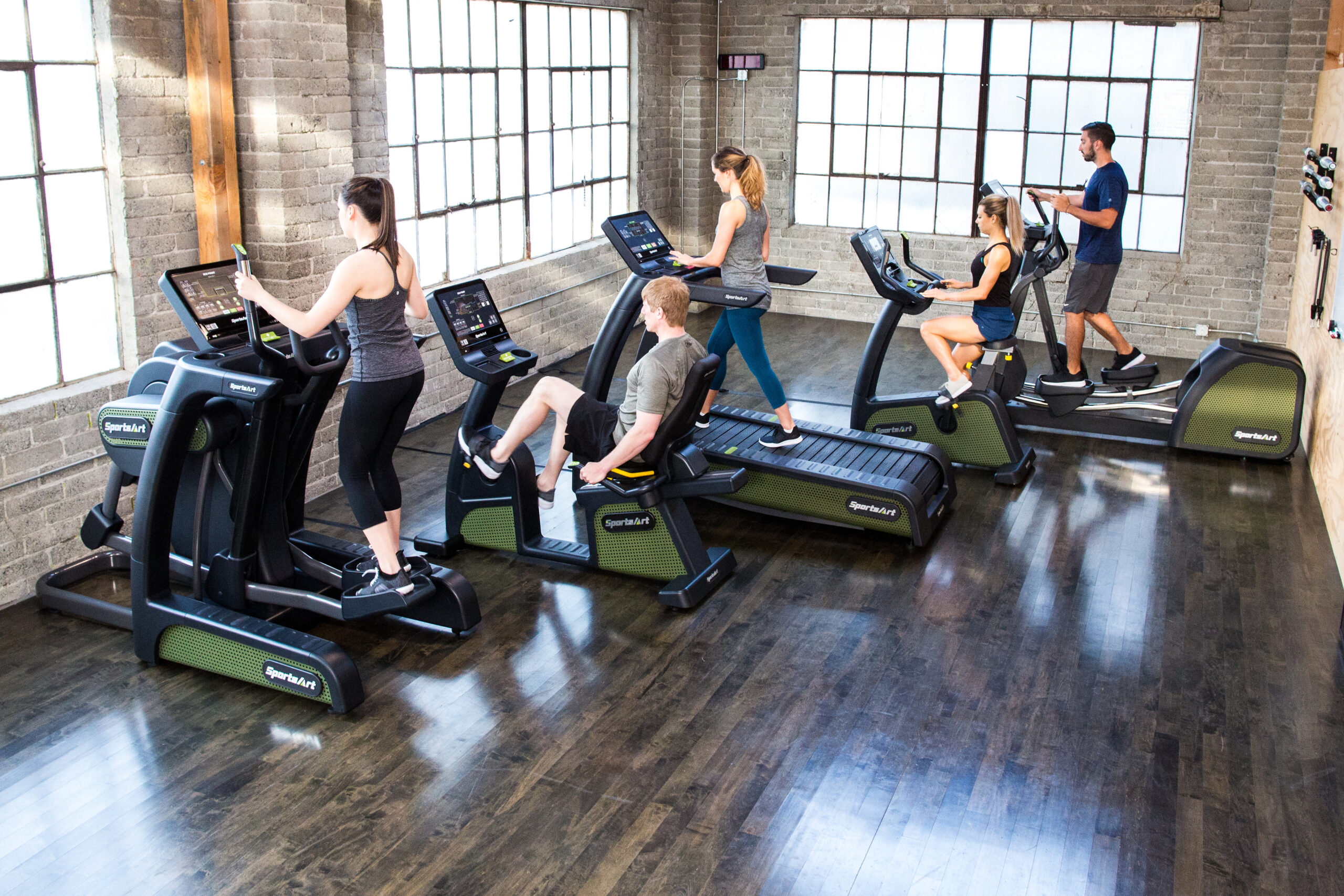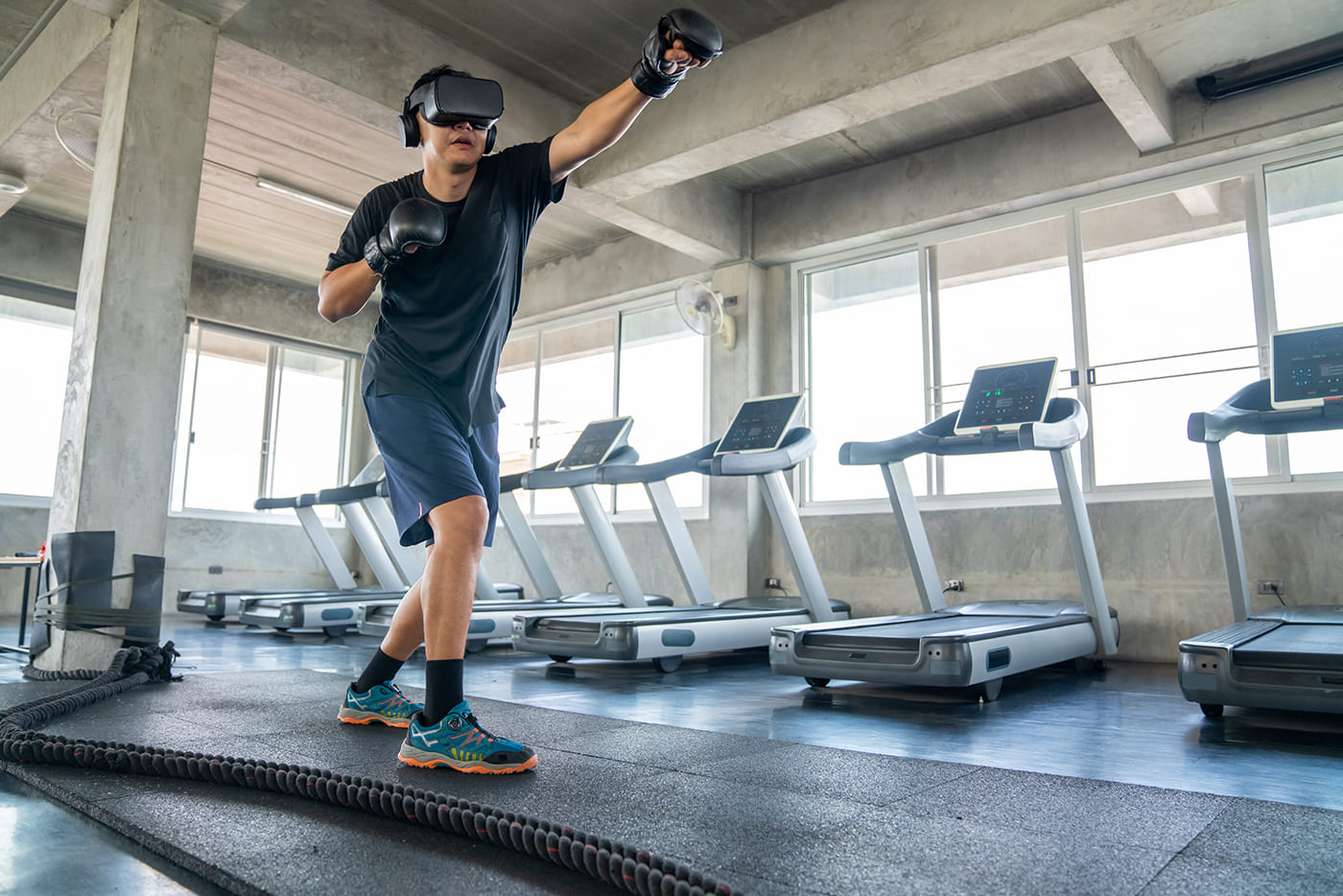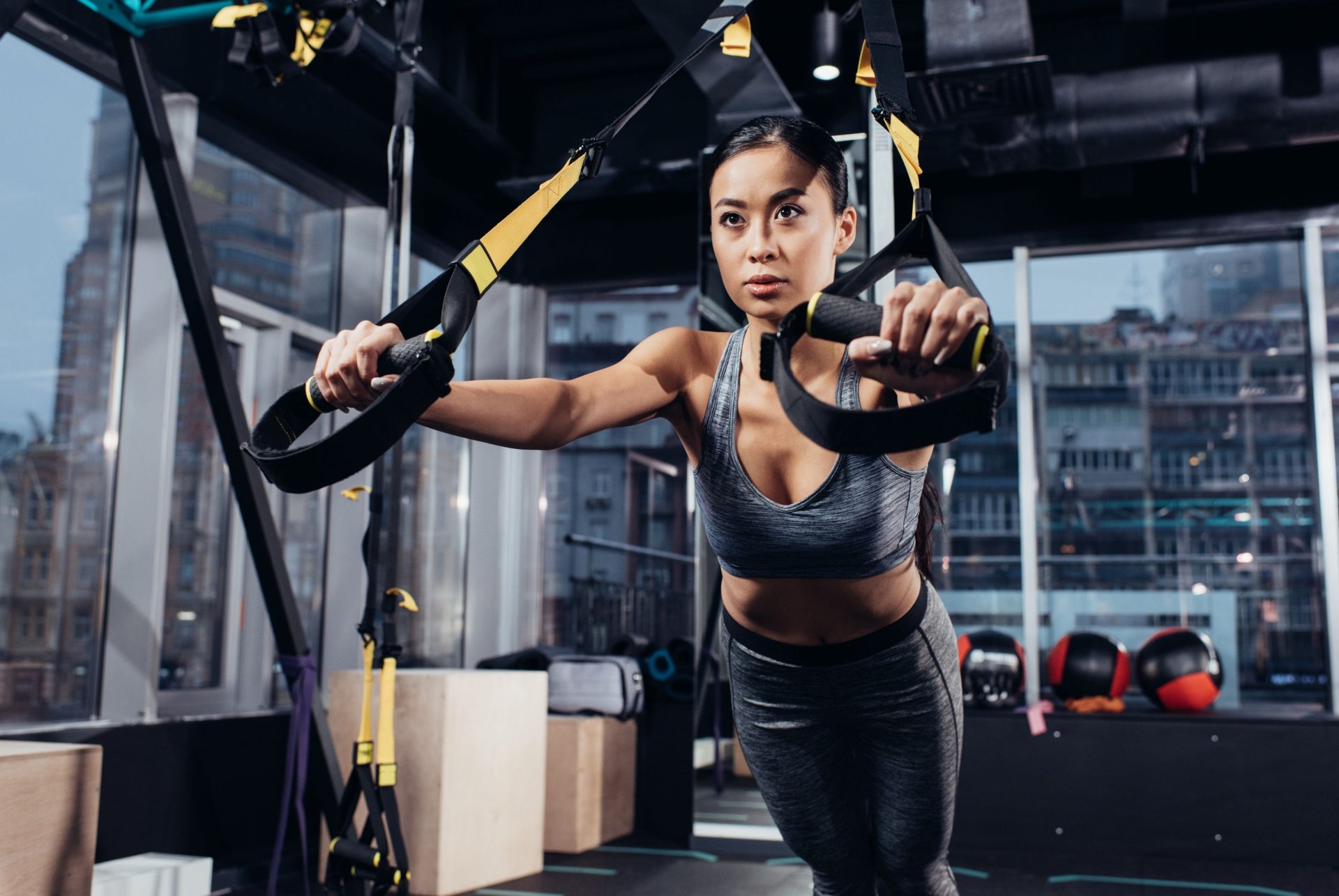Taking care of your fitness equipment is essential for ensuring it works properly and lasts a long time. Regular maintenance can save you money on repairs and enhance your workout experience. Whether you have cardio machines or strength training gear, proper upkeep is key to keeping everything in top shape.
When you invest time in maintaining your equipment, you create a safer and more effective workout environment. Simple actions like cleaning, lubricating parts, and checking for wear can prevent issues before they become serious. A little effort goes a long way in optimizing your equipment’s performance.
In this post, you will learn essential tips for maintaining your fitness gear. These guidelines will help you protect your investment and maximize your results. Start caring for your equipment today to enjoy a better workout tomorrow.
Key Takeaways
- Regular maintenance increases the lifespan of your fitness equipment.
- Proper upkeep ensures a safer and more effective workout.
- Simple cleaning and checks can prevent costly repairs.
Setting the Foundation: Fitness Equipment Care Basics
To keep your fitness equipment functioning well, you must focus on preventive maintenance and conduct regular inspections. These practices will help ensure safety and efficiency while also extending the life of your gear.
Understanding Preventive Maintenance
Preventive maintenance involves taking steps to keep your equipment in top shape. This means performing routine tasks that help avoid breakdowns and costly repairs.
Key preventive measures include:
- Lubrication: Apply lubricant to moving parts as directed by the manufacturer. This helps reduce friction and wear.
- Cleaning: Wipe down surfaces to remove sweat and dirt. Bacteria thrive in grime, so regular cleaning is crucial.
- Proper Usage: Follow guidelines for weight limits and usage. Using equipment correctly can prevent unnecessary strain and damage.
Building these habits into your maintenance routine helps keep your workouts safe and effective.
Regular Inspections for Safety and Efficiency
Regular inspections are essential for identifying issues before they become major problems. You should perform inspections at least once a month.
During an inspection, check for:
- Wear and Tear: Look for frayed cables, cracks, or rust. Addressing these early can prevent accidents.
- Stability: Ensure that equipment is stable and securely set up. Loose parts can lead to instability and injuries.
- Functionality: Test all features and settings. If something feels off, stop using the equipment and troubleshoot or repair it.
Consistent inspections help you catch potential hazards and keep your equipment performing at its best.
Caring for Cardio Machines
Taking care of your cardio machines ensures they last longer and perform better. By following specific maintenance steps, you can enhance the life of your equipment and enjoy smooth workouts.
Keeping Treadmills in Top Shape
To maintain your treadmill, start by checking the treadmill belt for proper tension. If it’s too loose, your belt may slip, affecting your workout. Adjust it according to the manufacturer’s guidelines.
Keep the machine clean by regularly dusting the surface and vacuuming around it. Dust can get into the motor and cause overheating. Wipe the surfaces with a damp cloth to prevent grime buildup.
Lubricating the belt is also key. Use a silicone-based lubricant every few months, or as recommended, to reduce friction. Make sure to follow the instructions to apply it effectively.
Maintenance Tips for Ellipticals
For ellipticals, begin by inspecting the elliptical tracks for any wear. Ensure the tracks are aligned correctly to keep the machine running smoothly.
Dust the moving parts to prevent debris from causing issues. Regularly wipe down the handles and console to keep everything clean.
Check for any unusual noises or resistance when using the machine. If you notice anything off, consult the owner’s manual for guidance on how to troubleshoot or adjust the parts. Regularly lubricating the joints can also help improve performance.
Preserving Performance of Stationary Bikes
When caring for stationary bikes, ensure the seat and handlebars are secure. Loose parts can cause instability, making your workouts less safe.
Regularly examine the pedals for any damage or wear. Replace them if you notice signs of excessive wear to avoid accidents.
Keep your bike clean by wiping it down after every use. This helps remove sweat and dust, which can lead to rust and other issues.
Lastly, check the resistance mechanism for proper function. Adjust it according to your comfort level and ensure it engages smoothly during use. Regular lubrication can help maintain optimal function of moving parts.
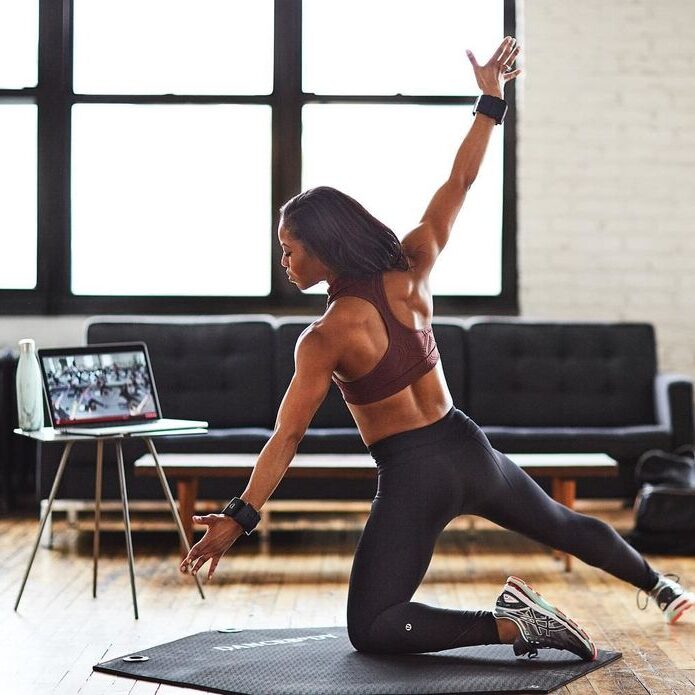
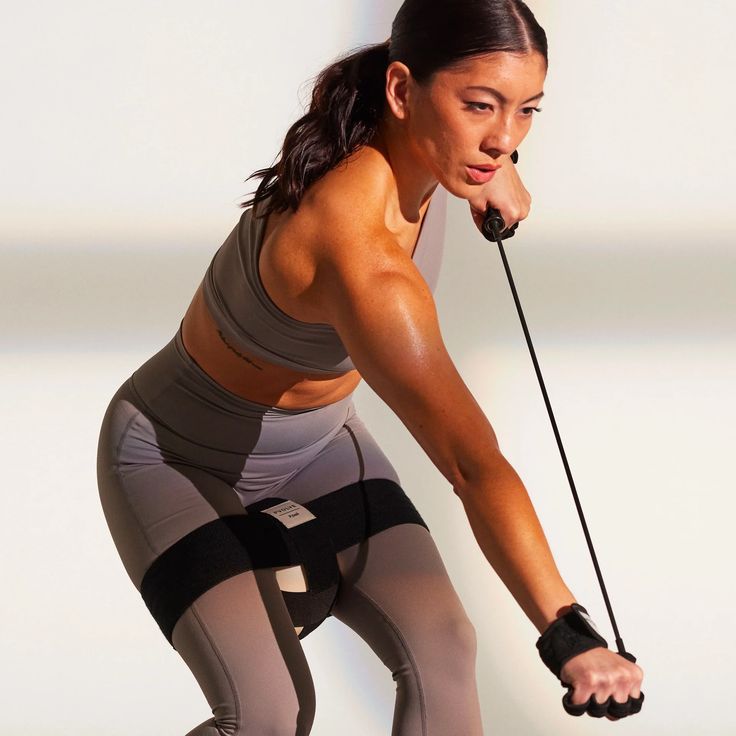
Maintenance of Strength Training Equipment
Taking care of your strength training equipment is vital for performance and safety. Proper maintenance can help your machines, weights, and benches last longer and work more effectively.
Proper Care for Weight Machines and Cables
To maintain weight machines, start by cleaning the surfaces regularly. Use a soft cloth and a gentle cleaner to remove sweat and grime.
Next, inspect the cables for signs of wear. Look for fraying or rust. If you notice any damage, replace the cables right away to avoid accidents.
Lubricate moving parts according to the manufacturer’s instructions. This helps reduce friction and wear during use.
Finally, make sure that bolts and nuts are tightened. Loose parts can affect the machine’s performance and cause injury.
Handling Free Weights and Benches
When using free weights, always store them properly. Keep them on a rack or a designated area to avoid clutter. Proper storage also helps prevent accidents.
With benches, regularly check for signs of damage such as tears in the upholstery or unstable legs. These can pose safety risks during workouts.
Wipe down benches after use to prevent bacteria buildup. Use disinfectant wipes or a cloth with cleaning solution.
Lastly, adjust the height or angle of benches according to your exercises. Correct positioning helps ensure safety and effectiveness during your workouts.
Home Gym Equipment Upkeep
Keeping your home gym equipment in good condition requires regular care. This includes cleaning and lubrication, checking for worn-out parts, and having a maintenance schedule. These steps help ensure safety and performance during workouts.
Routine Cleaning and Lubrication
Regular cleaning is essential for maintaining your home gym equipment. Dust and sweat can build up, affecting performance. Use a soft cloth and an appropriate cleaner for surfaces.
For moving parts, lubrication is key. Use silicone-based lubricants for treadmills and elliptical machines. This reduces friction and prevents wear. Lubricate components like cables and hinges every few months to ensure smooth operation.
Create a simple checklist for cleaning and lubricating each piece of equipment. This helps you stay organized and ensures nothing is overlooked.
Assessing and Replacing Worn-Out Parts
Check your gym equipment regularly for signs of wear and tear. Look for frayed cables, cracked belts, or loose screws. These issues can affect your safety and workout performance.
If you notice any worn-out parts, replace them quickly. This will not only enhance performance but also extend the life of your equipment. Many manufacturers sell replacement parts directly, making it easy.
Keep a list of parts that need regular attention. After each workout, quickly scan for any damage or issues that may need your attention soon.
Creating a Systematic Maintenance Schedule
Establishing a maintenance schedule is crucial for your home gym upkeep. Plan to clean and lubricate every few weeks. Adjust this based on how often you use the equipment.
Include regular checks for worn-out parts in your schedule. Mark it on a calendar or use reminders on your phone. This step helps you catch issues early and avoid costly repairs.
Staying consistent with maintenance will make workouts safer and more enjoyable.
Optimizing Your Workout Environment
Creating a great workout environment helps improve your performance and keeps you safe. Focus on hygiene, proper storage, and safety to make the most of your fitness routine.
Importance of Hygiene and Cleanliness
Maintaining hygiene in your workout space is vital. Sweat, dirt, and bacteria can build up on your equipment. Regularly wipe down machines and weights with disinfectant after use. This practice reduces germs and keeps your equipment functioning well.
Cleaning Tips:
- Use a clean cloth for surfaces.
- for foam handles and mats, use a sanitizer once a week.
- Maintain floor cleanliness to prevent slips and falls.
Good hygiene boosts your workout experience by providing a clean space, reducing health risks, and increasing the lifespan of your equipment.
Ensuring Proper Storage and Temperature Control
Storing your equipment correctly is key to preventing damage. Keep weights and machines in designated areas to avoid clutter. Ensure they are stored in a room where temperature and humidity are controlled. Excessive heat or moisture can cause rust and wear.
Storage Guidelines:
- Weights: Store on racks to avoid rolling.
- Cardio Equipment: Keep the area clear of obstacles to prevent accidents.
- Temperature: Maintain a range between 60°F and 75°F (15°C to 24°C).
Proper storage not only protects your gear but also creates a more organized workout space.
Avoiding Common Safety Hazards
Safety should always be a priority in your workout environment. Regularly inspect your equipment for wear and tear. Make sure all parts are securely attached, and cords or cables are not frayed.
Safety Checklist:
- Inspect machines before use.
- Clear the area of obstacles.
- Ensure your flooring has good traction to prevent slips.
By addressing these hazards, you can prevent injuries and create a safe place to exercise. Staying aware of your environment enhances your workout and keeps you focused on your fitness goals.
